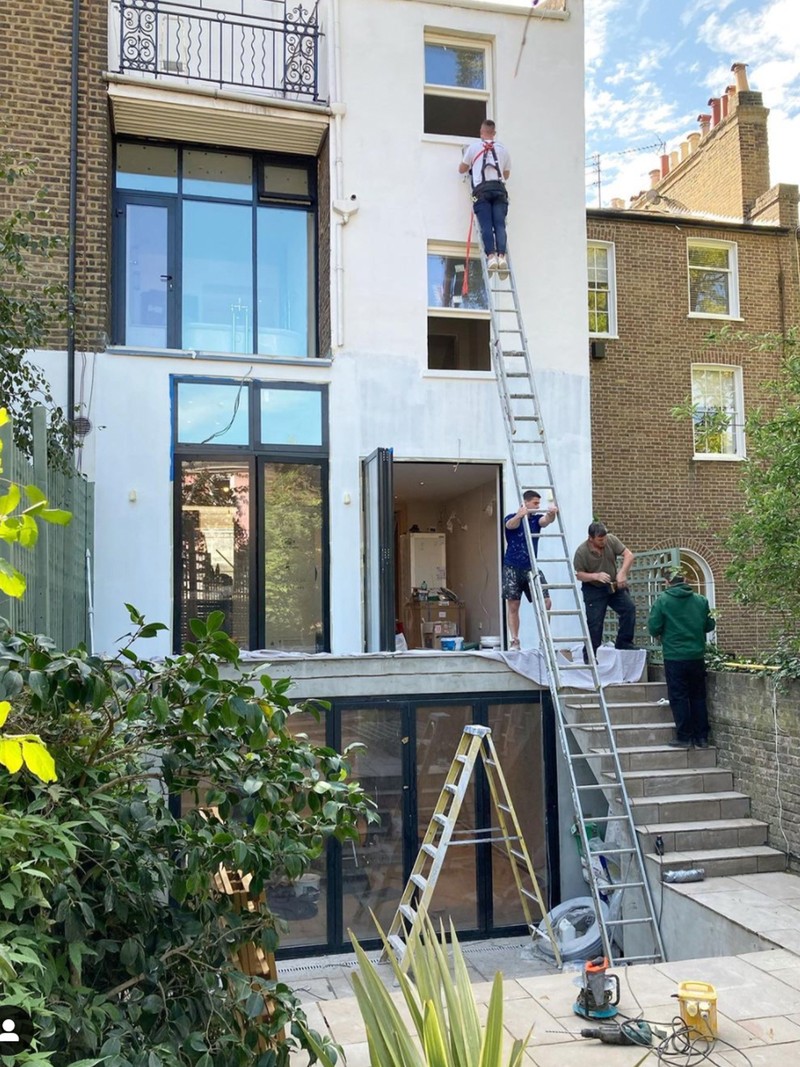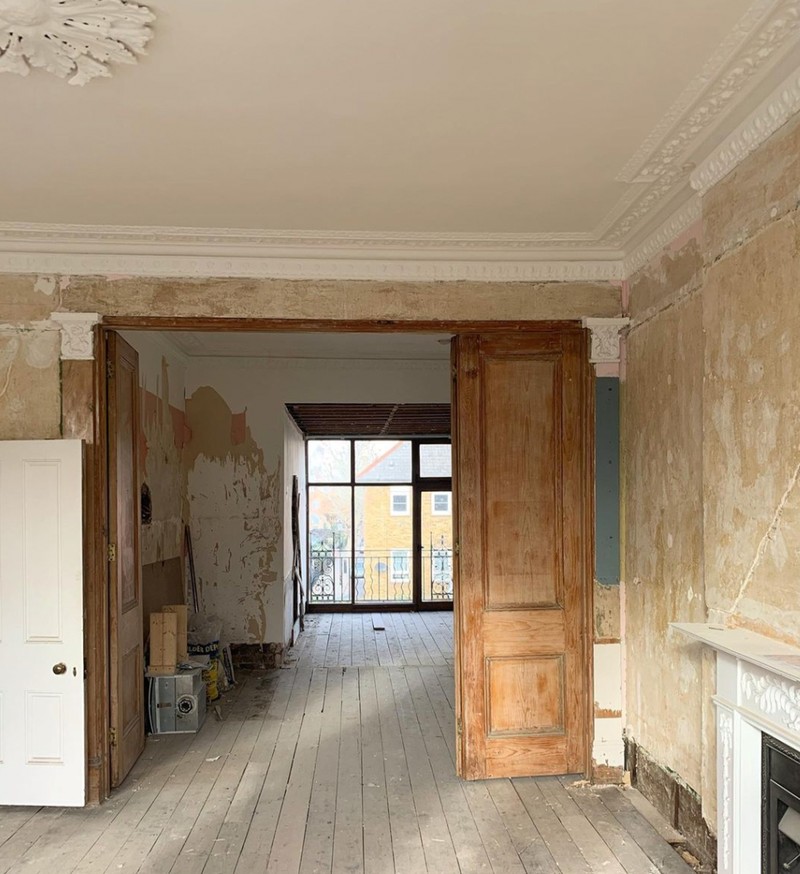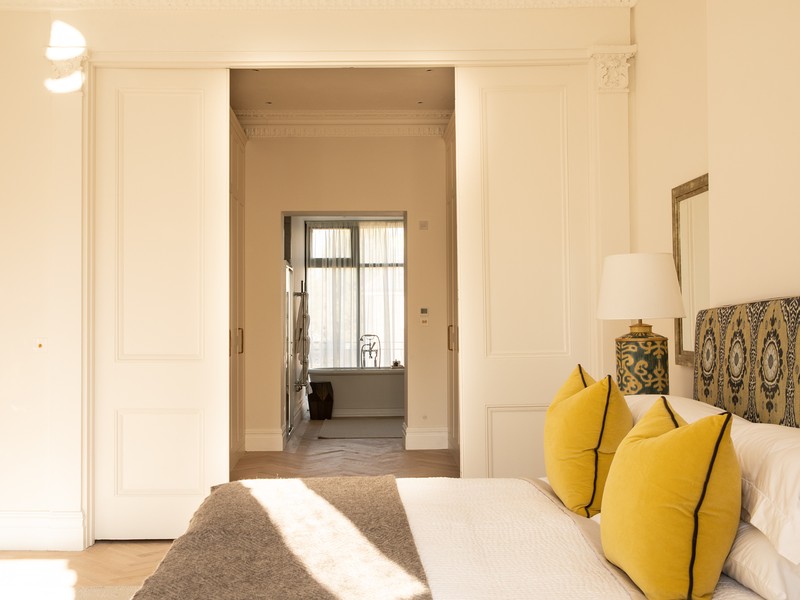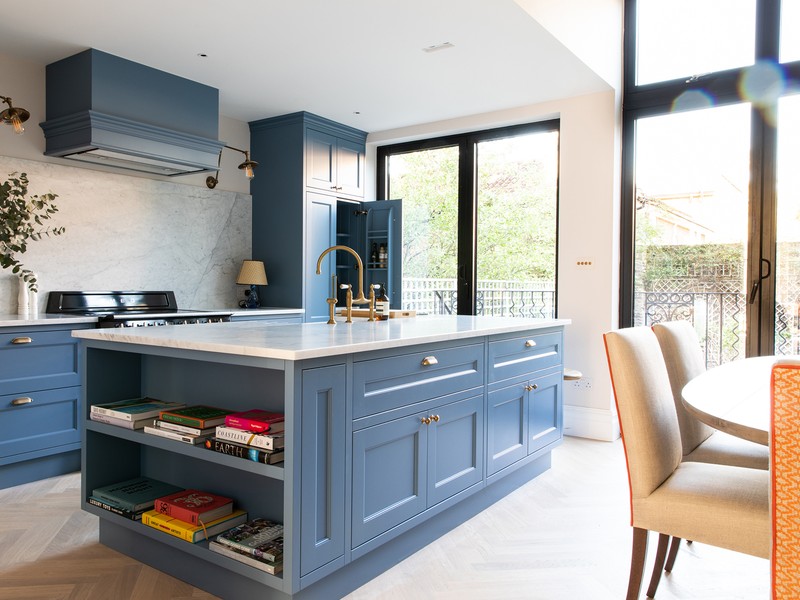
The Most Common Renovation Mistakes & How To Avoid Them
Picking The Wrong Property
Make sure you start by picking the right property, which includes thoroughly researching your prospective area. If you’re going to live there, make sure it’s right for you and if you plan to rent, look into which properties are in demand, and what kind of rate you can afford. Don’t forget to look into local regulations/restrictions and planning permissions, too, by getting in touch with the local council. When you’ve found a potential renovation project, make sure you get a full survey done. You don’t want to discover hidden problems once it’s too late.
Starting Too Soon
In an ideal world, you want to live in your home first before making any major decisions. “Before we moved into our house, I had plans about how to reconfigure it. But after living there for three years, how we planned the space changed dramatically,” says interior designer Laura Stephens. “If you have the opportunity to live in, then do… and move out for the work if you can. It was cost prohibitive for us to rent, but it delayed the whole process – the builders had to make us a temporary kitchen, work around us and the dust and noise was 24/7.”
Opting For Cheap Labour
When you put your project out for tender, it’s important to get a range of quotes. Just be wary of automatically going for the cheapest option as opting for the lowest bid could prove a false economy. “Spend your money on electrics, rewiring, doors, windows and floors – all the elements that make your property safe. Invest in the bones of the building first and foremost,” adds Tom Corbett-Winder from Blockhouse Build.
Underestimating The Budget
Most jobs will cost more and take longer than you expect – so the professionals recommend always adding 20% to what you think a project will cost initially, when it comes to setting the budget. Milly Boath from Blockhouse Build explains: “Renovation often costs more than you think so get lots of quotes and do your research before you commit or sign any paperwork.”
Choosing The Wrong Person
When it comes to putting together a renovations team, it’s important to find someone who is genuinely aligned to your vision – as well as capable of delivering on budget and on time. “Have a great team of builders – most of the time they’ll pass on cost savings in other ways, and could potentially save you money in the long term,” says Tom.
Not Asking For References
Ask to see or speak to at least three previous projects and clients, advise the pros. Most good builders, project managers and interior designers will have a portfolio of work you can browse and testimonials available from those who have used them in the past. If you want to hear directly from previous client, ask to speak to them on the phone to find out first-hand about their experience.
Pretending To Understand The Blueprints
If you don’t understand something on an architect’s drawing, ask. Don’t be embarrassed or feel you should know – it’s their area of expertise, not yours. Likewise, if you find it hard to imagine the space, use tape to outline it so you can see what you’re doing. “When I design a kitchen, I use tape on the floor to really visualise the space,” says Milly. “Recently I was mapping out an island in a kitchen and it really helped me position it.”
Not Sticking To Your Schedule
Work closely with your builder – and interior designer if you’re using one – to ensure you know when they need decisions from you. At no point do you want to be the one holding things up. “It’s best if everyone involved in the project shares a schedule. The more open and transparent everyone is, the more expectations can be managed,” Milly explains.
Think backwards from the end date and get your order dates and deposits in early, too. “If your builder is waiting for glazing then you’re paying for his downtime,” says Laura. “Get as much on site as early as possible – you won’t always get much warning about what you need when!”
Being Indecisive
Once the plans are set, you need to commit. Changing where the shower goes or moving the light switch might seem small fry to you, but too many decisions made late in the day will add up and negatively affect your budget. “Your electrician will want to know almost immediately where everything should go,” explains Laura. “If you can get the lights ordered and on site, you can show the them where and how high you want them. It sounds extreme, but this will save you time later on.”
Ignoring The Boring Bits
For some of us, the fabrics and furnishings are the most important element of any renovation, but ignoring the more boring parts of your renovation isn’t smart. Think gutters, roofing, glazing – the structure of your building may seem dull, but this is the glue that will hold the whole thing together. “If you have to redo for roof for thousands of pounds then you must, even if that means sacrificing your interior budget,” says Tom. “By ignoring it, you will end up with a property that’s unliveable.”
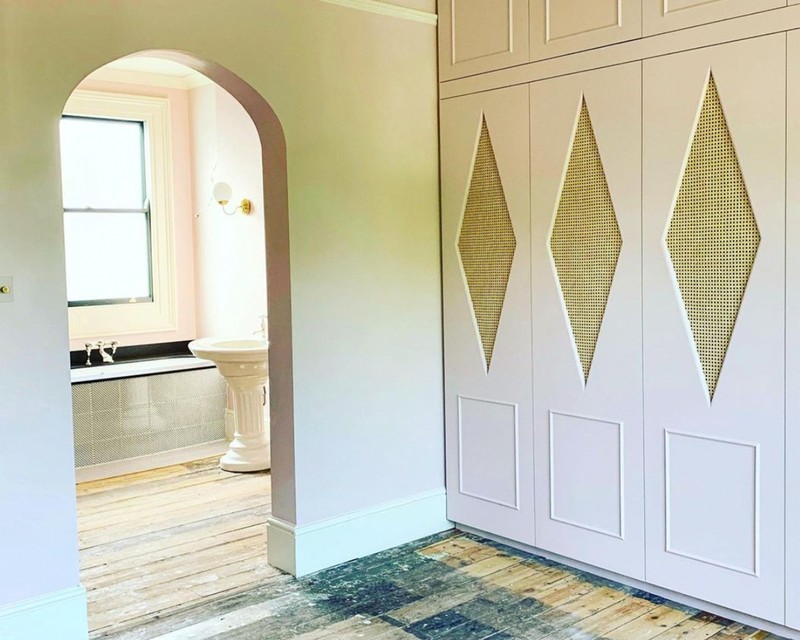
Splashing Out On The Wrong Things
The things you use every day – door handles, light switches, joinery – these are items you could invest in. Because you will interact with these elements of your home on a regular basis, they’re worth splashing out on – but there are tricks to keep the costs down. “Sockets and switches can really add up, so prioritise the ones you see and use the most,” says Laura. “Invest in brassware in bathrooms, too – cheap ones will need to be replaced sooner than you think.”
Not Planning Your Purchases
Make sure you buy furniture that can actually fit inside your newly designed doors and up the stairs – know your new measurements inside out so you can be sure everything fits into the space. “If you’re buying anything bespoke, make sure it’s functional, too,” says Milly. “I recently heard of someone who had designed a lovely island but when it arrived, it had to be cut in two for access, including the marble top. If you’re ordering items such as taps, make sure you order all the mechanisms at the same time, too – you don’t want to be unable to install something vital because you’re missing a crucial part.”
Doing The Entire Space In One Go
Better to take your project room by room when your budget allows than do a little bit to each room without any of them reaching the standard you want. “The kitchen, bathroom and flooring are all top priorities,” says Laura. “As the project continues, you may feel your time and energy are in short supply and you may end up making a disastrous decision. Depending on your circumstances, take your time, do it well and focus on the details when time and budgets allow.”
Going Hard On The Tech
Cutting edge tech solutions can become quicky outdated and even make your property feel tired. “So much can go wrong, especially with app-based tech,” warns Laura. “Something like Sonos is a good choice – it’s easy to move around, you can add more, its discreet and can be easily upgraded. Plus, if you do move, you can take it with you.”
Expecting Everything To Go Perfectly
“Things will go wrong,” says Milly. “Have back-up plans for everything. Lead times are harder than ever to predict at the moment, with Covid-19 and Brexit supply issues – sometimes it’s taking 20 weeks for pieces to come, and that’s not allowing for human error, which can happen at any stage in the supply chain.” Delays can cause a domino effect, so be prepared for the unexpected.
For more information and advice on home renovations visit LauraStephens.co.uk and BlockhouseBuild.com.
DISCLAIMER: We endeavour to always credit the correct original source of every image we use. If you think a credit may be incorrect, please contact us at info@sheerluxe.com.
